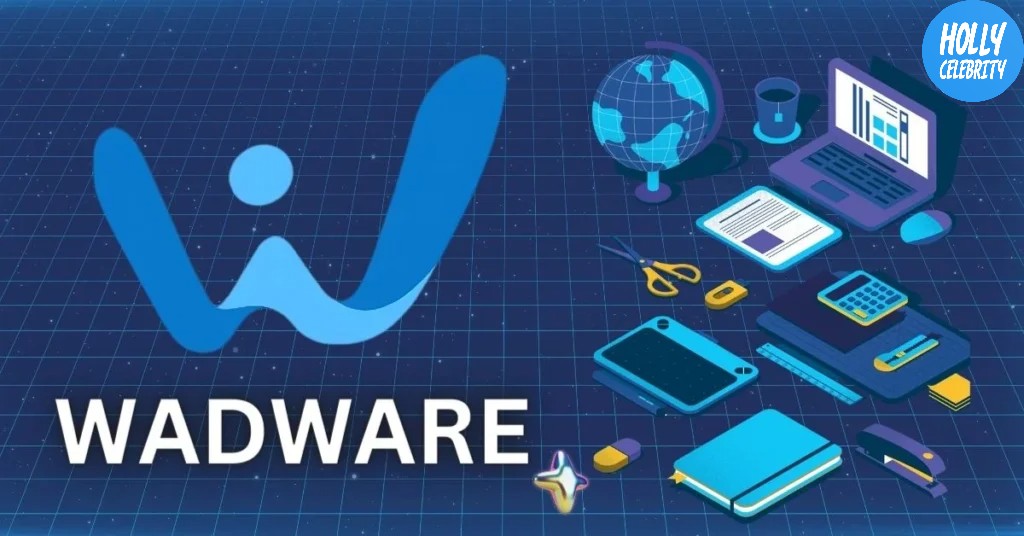Introduction
Are you ready to unlock the power of SSIS 816? In the realm of data integration and transformation, SSIS 816 stands as a beacon of efficiency and effectiveness.
Whether you’re a seasoned data professional or just dipping your toes into the world of SQL Server Integration Services (SSIS), understanding SSIS 816 is essential.
Let’s dive into everything you need to know about SSIS 816 and how it can revolutionize your data management processes.
What is SSIS 816?
SSIS 816, short for SQL Server Integration Services 816, is a robust data integration tool developed by Microsoft.
It enables users to efficiently extract, transform, and load (ETL) data from various sources into destination databases.
With advanced features and enhanced performance, SSIS 816 streamlines data operations, facilitating seamless data migration and manipulation.
Its intuitive interface and powerful functionalities make it a preferred choice for managing complex data workflows in enterprises. Whether it’s data warehousing, data cleansing, or real-time data integration, SSIS 816 provides a comprehensive solution for all data integration needs.

Key Features of SSIS 816
1. Enhanced Performance
SSIS 816 introduces optimizations and enhancements that significantly improve performance, allowing for faster data processing and reduced latency.
2. Improved Connectivity
With support for a wide range of data sources and destinations, including relational databases, cloud storage, and big data platforms, SSIS 816 offers unparalleled connectivity options.
3. Advanced Transformations
From basic data transformations to complex business logic implementations, SSIS 816 empowers users with a comprehensive set of transformation components to manipulate data according to their specific requirements.
4. Built-in Monitoring and Logging
Monitoring and troubleshooting data integration processes is made easier with SSIS 816’s built-in monitoring and logging capabilities, providing valuable insights into the execution status and performance metrics.
5. Scalability and Parallelism
SSIS 816 leverages parallel processing and scalable execution architectures to handle large volumes of data efficiently, ensuring optimal performance even in demanding enterprise environments.
6. Extensibility
Developers can extend the functionality of SSIS 816 through custom components and scripting, enabling integration with third-party systems and implementation of specialized business logic.
Use Cases of SSIS 816
1. Data Warehousing
SSIS 816 is widely used for building and populating data warehouses, facilitating the consolidation of disparate data sources into a single, unified repository for analysis and reporting.
2. Real-time Data Integration
With its support for real-time data processing and streaming capabilities, SSIS 816 is well-suited for scenarios requiring timely ingestion and transformation of streaming data sources, such as IoT devices and social media feeds.
3. Business Intelligence
SSIS 816 plays a crucial role in business intelligence (BI) initiatives by enabling the extraction, transformation, and loading of data from operational systems into data marts and data warehouses for analytical purposes.
4. Cloud Data Integration
Organizations leveraging cloud-based infrastructure can harness the power of SSIS 816 to integrate on-premises and cloud data sources seamlessly, facilitating hybrid data integration scenarios.
5. ETL Automation
SSIS 816 allows for the automation of ETL processes, reducing manual intervention and improving overall efficiency in data management workflows.

Best Practices for SSIS 816 Implementation
1. Optimize Package Design
Design SSIS packages with performance and scalability in mind, utilizing best practices such as parallel execution, data flow optimizations, and efficient error handling.
2. Parameterization and Configuration
Parameterize package configurations to make them more flexible and reusable across different environments, such as development, testing, and production.
3. Use Incremental Loading
Implement incremental loading techniques to minimize the processing time and resources required for data synchronization, especially when dealing with large datasets.
4. Monitor and Tune Performance
Regularly monitor SSIS package execution performance and identify bottlenecks using built-in monitoring tools or third-party solutions. Fine-tune package configurations and system resources as needed to optimize performance.
5. Version Control and Deployment
Maintain version control for SSIS projects and packages using source control systems such as Git, and establish robust deployment processes to ensure smooth transitions between development, testing, and production environments.
Conclusion
SSIS 816 represents a significant advancement in the field of data integration and workflow automation.
With its powerful features, extensive connectivity options, and scalability, SSIS 816 is well-equipped to handle the diverse data integration needs of modern enterprises.
By understanding the key features, use cases, and best practices associated with SSIS 816, organizations can harness their full potential to streamline their data management processes and drive business success.










